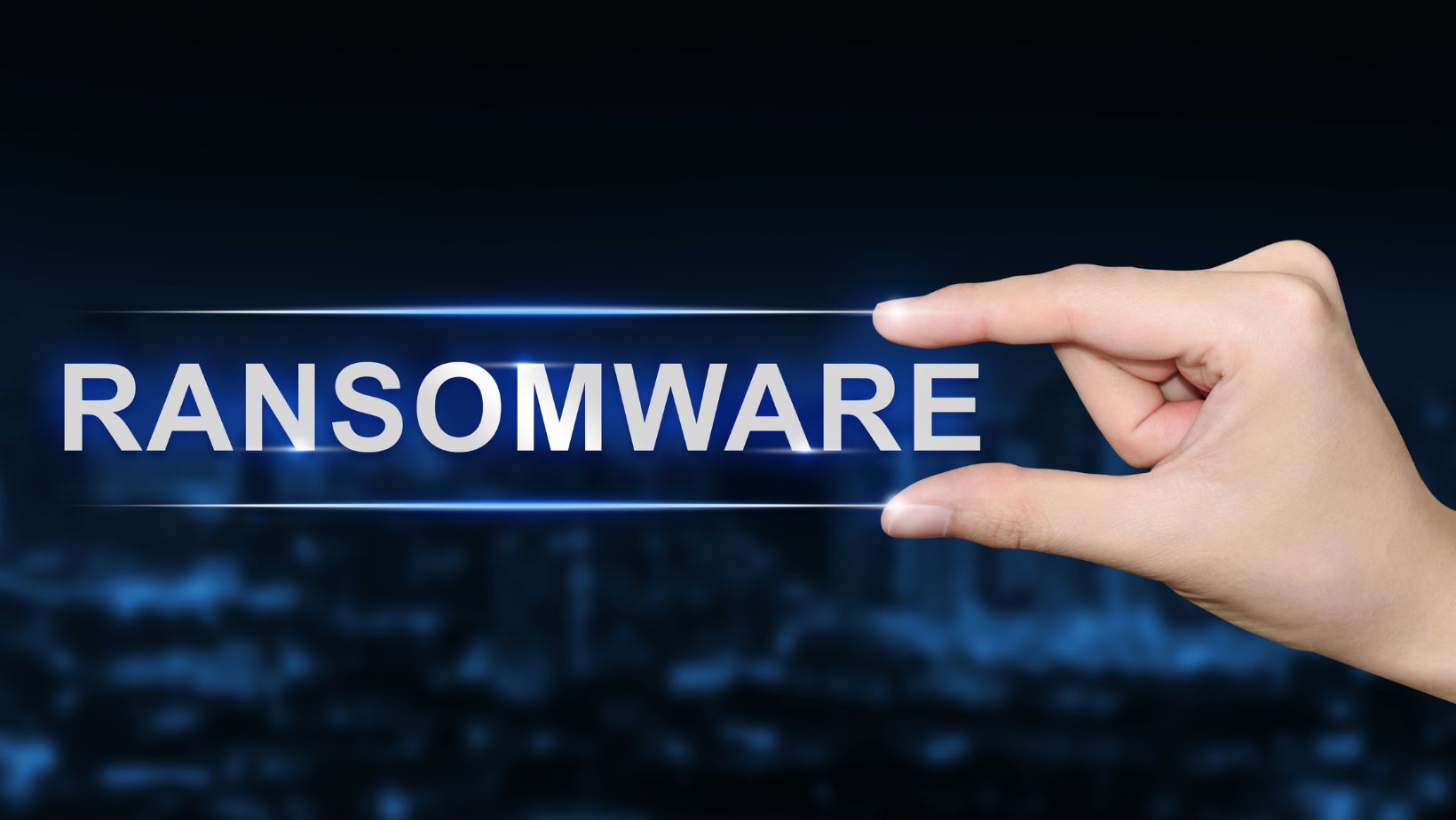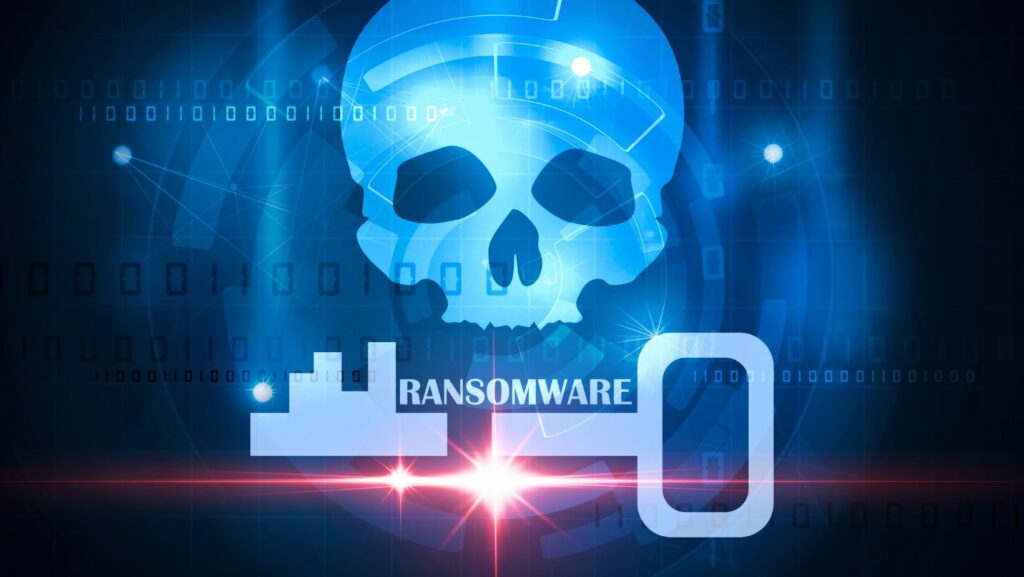Over the past decade, ransomware has transformed from a relatively minor cyber nuisance into one of the most dangerous and profitable forms of cybercrime. What began as opportunistic attacks on individual users has evolved into large-scale, highly coordinated operations targeting corporations, healthcare facilities, and even government agencies.
Recent high-profile incidents-such as attacks on hospitals, critical infrastructure, and major tech companies-have demonstrated the disruptive power of ransomware. These events have led to service outages, operational shutdowns, and in some cases, national security concerns.
No one is immune to ransomware. Individuals can lose access to personal files, small businesses may face devastating financial losses, and governments risk service disruptions that affect millions of people. Understanding ransomware is no longer optional-it’s essential for security in the modern digital world.
Defining Ransomware
Ransomware is a type of malicious software designed to block access to data or systems until a ransom is paid. This is typically done by encrypting files or locking devices so that legitimate users cannot access them. Attackers then demand payment-often in cryptocurrency, to conceal their identities in exchange for a decryption key.
What is ransomware and its impact on data security is significant because it doesn’t just cause temporary inconvenience; it can permanently destroy valuable data if victims refuse to pay or if attackers never provide the promised decryption key. Unlike other forms of malware, ransomware is designed to force a victim into making a financial transaction directly with the attacker.
The difference between ransomware and other types of malware lies in its primary goal. While spyware aims to collect information and trojans may give attackers remote control of systems, ransomware’s purpose is purely extortion.
Common Types of Ransomware
Ransomware comes in several forms, each with its own tactics:
- Encryption-based ransomware – Encrypts a victim’s files so they cannot be opened without the attacker’s key.
- Locker ransomware – Completely locks a device or operating system, preventing use until the ransom is paid.
- Scareware – Displays fake alerts claiming your system is infected, pressuring you to pay for “clean-up.”
- Ransomware-as-a-Service (RaaS) – Cybercriminals rent ransomware tools to affiliates, making it easier for less technical attackers to launch campaigns.
How Ransomware Attacks Work
Ransomware infections typically begin with one of several common attack methods:
- Phishing emails contain malicious attachments or links.
- Compromised software updates that install ransomware along with legitimate patches.
- Drive-by downloads from visiting infected websites.
Attackers often exploit vulnerabilities in outdated operating systems, unpatched applications, or weak security settings. Human error-such as clicking on a suspicious link-is another common entry point. That’s why businesses need IT experts who not only understand these threats but can proactively secure systems, monitor networks, and respond when issues arise. To see the full scope of our approach and how we help businesses stay protected, discover more.

Once inside, ransomware follows a predictable lifecycle: intrusion, infection, encryption, ransom demand, and potential data leak if payment is refused.
The Impact of Ransomware Attacks
The consequences of a ransomware attack can be severe:
- Financial losses – Ransom payments can reach millions of dollars, and recovery costs often exceed the ransom itself.
- Operational disruption – Downtime can halt critical business functions.
- Reputational damage – Customers may lose trust, leading to lost business.
- Legal and compliance risks – Non-compliance with regulations like GDPR or HIPAA can result in heavy fines.
Real-World Examples of Ransomware Incidents
Several notable ransomware attacks have shaped the cybersecurity landscape:
- Colonial Pipeline (2021) – An attack disrupted fuel supplies across the U.S. East Coast.
- WannaCry (2017) – A global outbreak that affected over 200,000 computers in 150 countries, particularly damaging healthcare systems.
- Healthcare sector breaches – Hospitals have been frequent targets, as downtime in these environments can be life-threatening.
These cases underscore the need for proactive defenses and rapid response capabilities.
How to Detect a Ransomware Infection Early
Early detection can limit damage. Warning signs include:
- Unexpected file extensions replacing normal ones.
- Slower-than-usual system performance.
- Spikes in outbound network traffic to unknown IPs.
- Sudden loss of access to files or folders.
According to NIST, proactive monitoring and anomaly detection are key to spotting ransomware before it fully executes.
Solutions and Prevention Strategies
Implement Strong Cyber Hygiene
- Enable multi-factor authentication (MFA) to prevent unauthorized logins.
- Use strong, unique passwords for each account.
- Keep all software, operating systems, and firmware updated to patch vulnerabilities.
Backup and Disaster Recovery Planning
- Maintain regular offline backups to ensure data recovery without paying ransoms.
- Regularly test backup restoration processes to confirm readiness.
Advanced Security Tools
- Deploy Endpoint Detection and Response (EDR) to detect suspicious activity.
- Use firewalls and intrusion prevention systems to block malicious traffic.
Security Awareness Training
- Educate employees on phishing, suspicious links, and safe browsing practices.
- Conduct simulated phishing exercises to build awareness.
What to Do If You Are a Victim of Ransomware
Isolate infected systems from networks immediately.
Report the incident to law enforcement and cybersecurity authorities such as the FBI’s Internet Crime Complaint Center (IC3).
Avoid paying the ransom whenever possible; payment does not guarantee data recovery.
Engage a professional incident response team to assess the damage and restore systems.
The Role of Global Collaboration in Fighting Ransomware
Ransomware is a global problem requiring coordinated responses. Governments, law enforcement, and private organizations share intelligence to track and disrupt ransomware groups.
International partnerships such as Europol’s Cybercrime Centre have successfully taken down RaaS platforms and arrested cybercriminals. Public-private collaboration remains one of the strongest defenses.
How Ransomware Will Evolve
Experts predict ransomware will become more sophisticated in the coming years:
- AI-driven attacks – Automating phishing campaigns and evading detection.
- Cloud-targeted ransomware – Attacking SaaS platforms and cloud storage.
- IoT device exploitation – Holding smart devices and industrial equipment hostage.
- Stricter regulations – Governments are introducing mandatory incident reporting and ransom payment restrictions.
Conclusion
Ransomware is not just another cybersecurity challenge-it is a direct threat to the operational, financial, and reputational stability of organizations worldwide. By combining strong cyber hygiene, advanced security tools, regular backups, and global collaboration, businesses and individuals can significantly reduce their risk. The key is staying proactive, vigilant, and adaptive in the face of an evolving threat landscape.
FAQs
Q1: Can antivirus software alone protect me from ransomware?
No. While antivirus software helps detect known threats, ransomware often bypasses traditional defenses. Layered security, including EDR and user awareness, is essential.
Q2: Should I pay the ransom if I can’t recover my data?
Paying the ransom is discouraged by law enforcement, as it does not guarantee recovery and may encourage further attacks. Backup restoration is the safer option.
Q3: How can small businesses protect themselves from ransomware?
Implement affordable security tools, maintain regular offline backups, and provide employee training. Outsourcing security to managed service providers is also a viable option.

